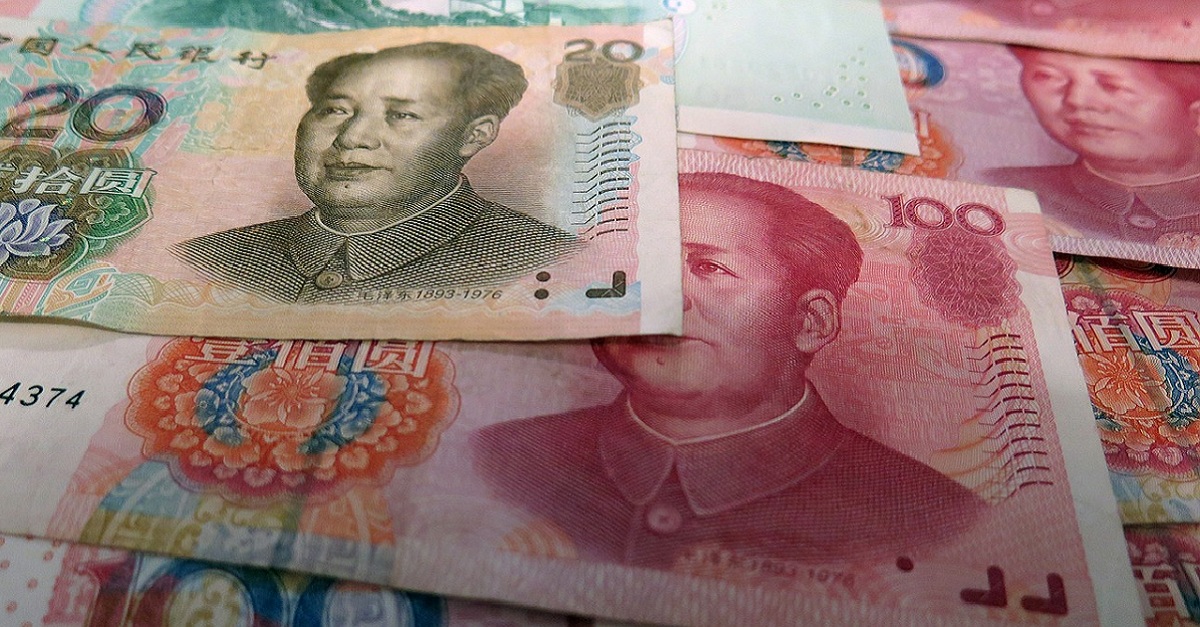We expect NAB’s Non-rural Commodity Price Index to fall by 4.9% in Q2


Insight
The RMB flexibility helps to ensure that China is able to retain a meaningful degree of autonomy in its monetary policy. The authorities however are still keeping the volatility of the RMB significantly lower than the DXY and this is likely to persist.

As a matter of official policy, the RMB is being managed with a view to keeping it relatively stable against a basket of currencies as defined by the weights released by the China Foreign Exchange Trade (CFETS). Since December 2015, the CFETS RMB Index has been managed very much in line with the Dollar Index (DXY). This helps to reduce the focus on bilateral USD/CNY (Onshore RMB) rate, in addition to introducing a greater degree of two-way movement in the USD/CNY.
For full analysis, download report: RMB Snapshot 2016 – The RMB evolves (PDF, 1KB)
© National Australia Bank Limited. ABN 12 004 044 937 AFSL and Australian Credit Licence 230686.